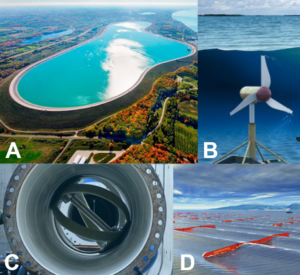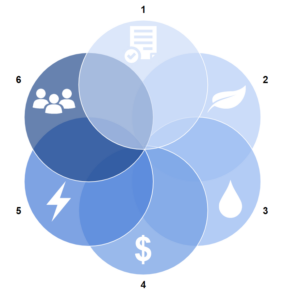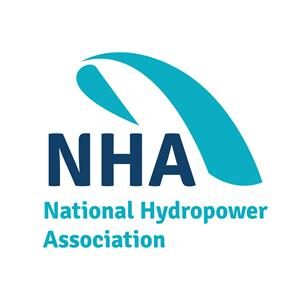Through my research fellowship with the National Hydropower Association (NHA), I have gained a deeper understanding of the largely untapped opportunity for renewable energy revolution and climate crisis action through hydroelectricity.
Engagement with a professional experience such as this is required to complete my master’s degree in climate science and policy as a student with the Bard Center for Environmental Policy (BCEP).
The NHA is a non-profit organization located in Washington, D.C. that is devoted to promoting the growth of clean, safe, and affordable hydropower in the U.S.
The group works to facilitate and inspire a collaborative network among public and investor-owned utilities, independent power producers, developers, manufacturers, environmental and engineering consultants, attorneys, public policy-makers, and education professionals. Their coalition represents an interdisciplinary voice for hydropower advocacy in U.S. environmental and energy policy.
In addition, they work to lead research activities in hydropower. In 2016, the NHA collaborated with the U.S. Department of Energy to generate a comprehensive road-map which demonstrates the national growth potential of environmentally friendly hydropower.
Called The Hydropower Vision, the report unpacks recent research on the economic, environmental, energy, and political dimensions of hydropower to suggest that through a variety of innovative new pathways for implementation, the renewable energy source can be expanded to provide an additional 50 GW of power by 2050.

This possibility for renewable energy growth is of course exciting due to its potential to mitigate greenhouse gas emissions. As well, it poses hope for energy sustainability because hydropower is a unique resource due to its non-intermittent and predictable capacities, along with its ability to act as a platform to backup the expansion of other renewable sources like wind and solar, still generating power when the wind doesn’t blow and sun isn’t shining.
Several prominent topics which the NHA is currently engaged with include:
- Non-powered dams renewal
- Understanding the impact of methane emissions from water storage impoundments
- Marine renewable energy (tidal and wave hydroelectricity) testing
- Pumped hydropower expansion
- Conduit hydropower integration
For my research fellowship, I was exposed to the details of these topics, attended regulatory meetings, and was tasked to investigate the potential for conduit hydropower development in New York.
Conduit hydropower is the incorporation of hydroelectric turbines within pre-existent water supply infrastructure, working to recover otherwise wasted energy from water conduits such as pipelines, aqueducts, and canals. A variety of private and public sectors depend on these systems, including municipal waste and drinking water facilities, agriculture, as well as industries such as manufacturing, food processing, mining, and thermoelectric power.
Active conduit hydropower systems in California, Colorado, and Oregon have demonstrated particular success, with CA having developed enough facilities to power around 343,000 homes. The technology provides energy neutrality and cost-efficiency through electricity recycling for public water supply facilities, along with energy positivity through the export of excess clean power to the local grid.
Overall, I found that conduit hydropower offers a holistic sustainability appeal by providing six co-benefits, detailed in the venn diagram below.

Through my report for NY policy-makers, I worked to synthesize research on the success and challenges of conduit hydropower across the U.S. to highlight a variety of barriers to their potential for expansion of the technology, in addition to proposing recommendations for solutions.
My research was conducted through (1) literature review, (2) interviews with hydropower developers, scientists, lawyers, and policy-makers from the NYSERDA and NYSDEC, and (3) data analysis describing water supply infrastructure in NY along with its capacity for integration with conduit hydropower.
This report was both converted into a presentation for NHA members, as well as provided to council members, senators, and congressional representatives in NY.
Having just finished my fellowship this week, there are several initial observations worth sharing from my experience with the NHA and reflection back on my first year of coursework at the BCEP.
- During discussions on renewable energy policy and economics, hydropower was never brought up in my classes. There is certainly a strong stigma surrounding the field, and many misconceptions which limit its potential contribution to clean power.
- The literature review during my first year at the BCEP was a helpful preparation for the research I conducted this summer.
- The NHA is a well-intentioned and highly knowledgeable community of actors in policy, law, economics, engineering, and the environment, all focused on discovering the truth about hydropower and sharing that learning toward sustainability.
- Acting as a collaborative mediator between government agencies, companies, experts, and the public, the NHA’s organizational model seems to pose a powerful role in supporting effective environmental and energy policy.
Through my fellowship this summer in conjunction with my first-year studies at the BCEP, I feel inspired to create a meaningful thesis which will propel me into an impactful career.

